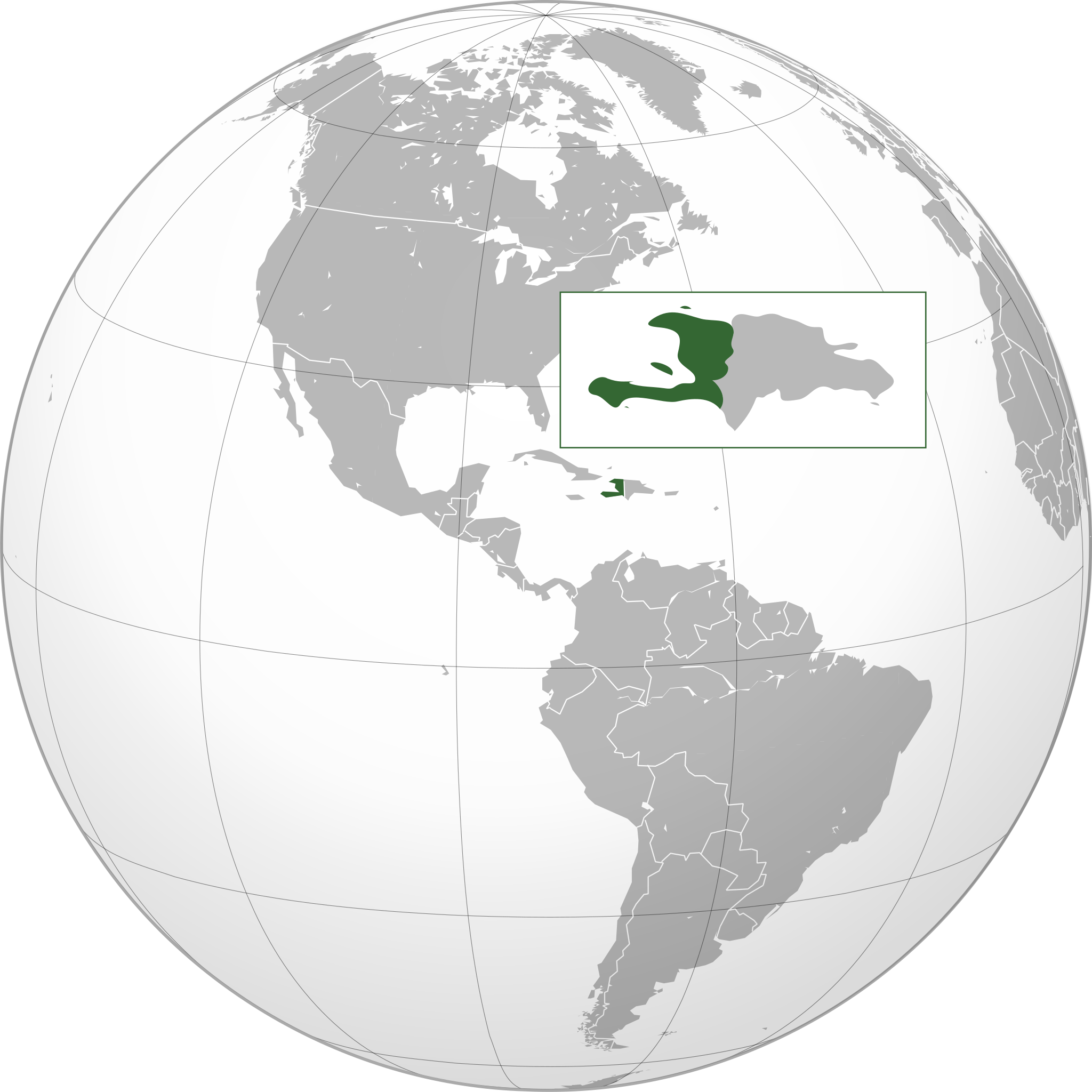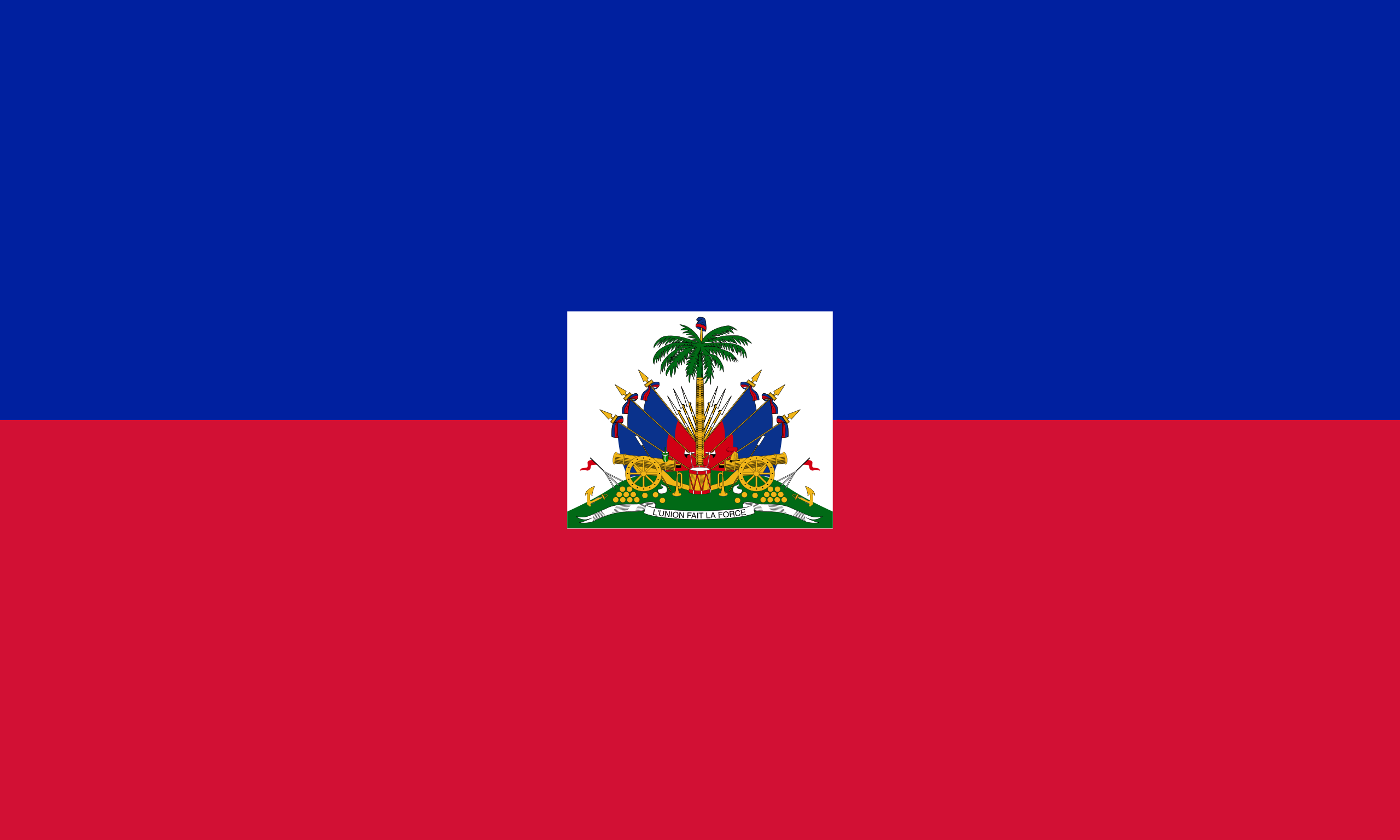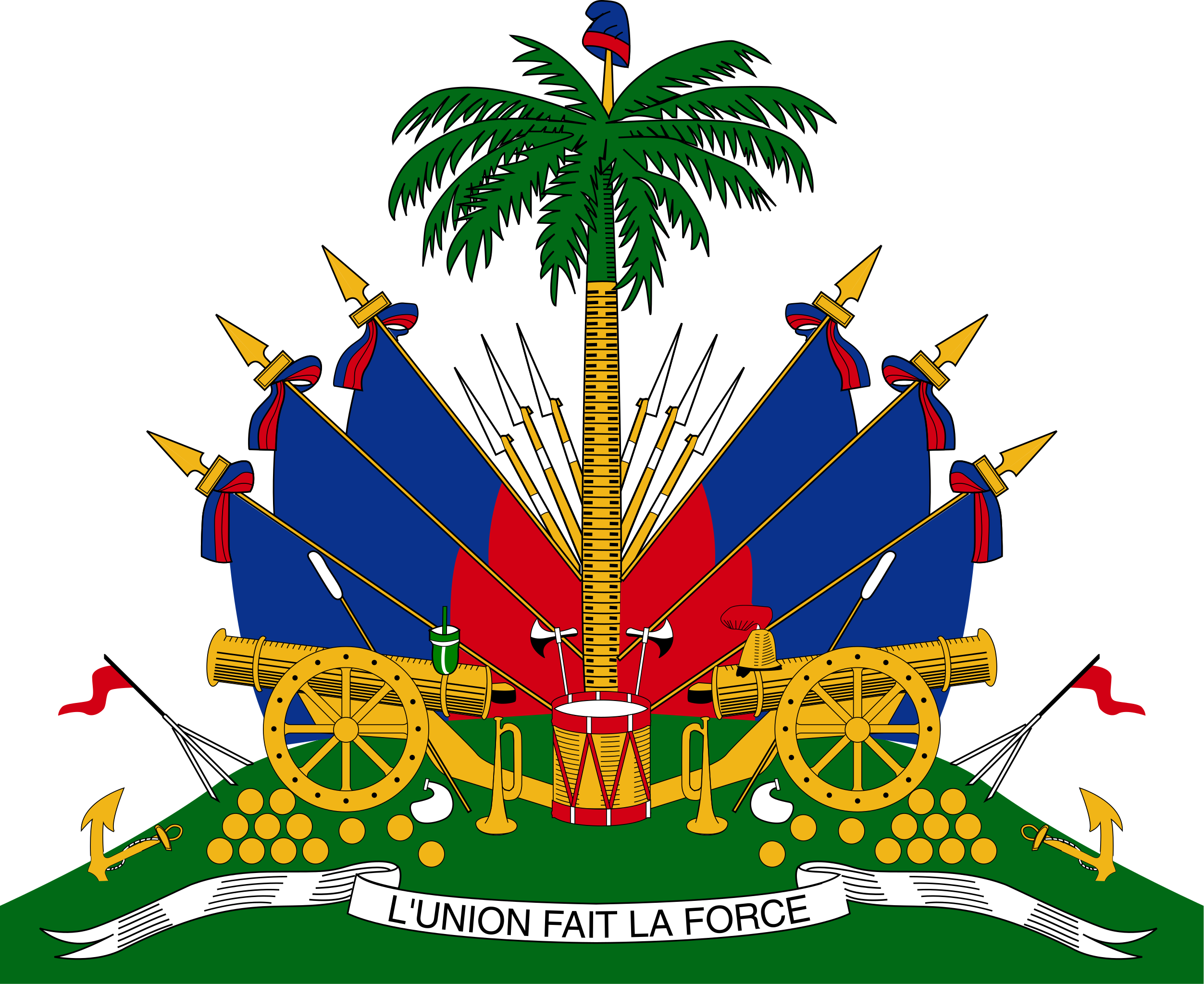More languages
More actions
| Republic of Haiti République d'Haïti Repiblik d Ayiti | |
|---|---|
 | |
| Capital and largest city | Port-au-Prince |
| Dominant mode of production | Capitalism |
| Government | Semi-presidential republic |
• President | Ariel Henry |
| Area | |
• Total | 27,750 km² |
| Population | |
• 2018 estimate | 11,439,646 |
Haiti, officially the Republic of Haiti, is a country on the western side of the island of Hispaniola. Due to French colonialism and neocolonialism, Haiti is an overexploited country with an average daily wage of under $5.[1] Haiti has a starvation rate more than 50 times higher than nearby socialist Cuba.[2]
History
French colony
Before the Haitian Revolution, slave traders imported up to 40,000 Africans a year to work on slave plantations in Haiti, which was then a French colony known as Saint-Domingue. The average life expectancy during this period was only 21 years and slaves had to work from dawn to late at night.[3]
Haitian revolution
In August 1791, slaves began an uprising against their French colonial masters. It was the only successful slave revolt in the world. In 1801, Napoleon invaded Haiti in an attempt to reinstate slavery. Haiti declared independence in 1804. In 1825, French ships sailed to Haiti and demanded that they pay back former slave owners whose slaves had been freed in the revolution. From 1825 to 1857, Haiti spent an average of 19% of its revenue to pay back the debt. In 1888, France threatened to invade Haiti if it could not clear its debt.[3]
U.S. occupation
U.S. Marines invaded Haiti in 1915 and occupied it until 1934.[4] Only 16 invaders died, but they killed over 3,000 Haitians.[3]
Duvalier regime
In 1959, the CIA helped autocrat François Duvalier, also known as "Papa Doc," become the dictator of Haiti. His secret police killed 30,000[5] to 100,000[6] Haitians. After his death, his son Jean-Claude Duvalier became the leader of Haiti. In November 1985, the Haitian army killed four children in Gonaives, causing an uprising against the Duvalier regime. The US Air Force escorted Jean-Claude Duvalier from Haiti to France in February 1986 to protect him from the rebellion.[3]
Aristide presidency
Social democratic president Jean-Bertrand Aristide took power democratically in 1991 and was overthrown with CIA support[3] only seven months into his term.[1] In 1993, CIA-backed death squads killed scores of Aristide's supporters.[3] Aristide was restored as president in August 1994 and demanded that France pay back $21.7 billion that was extorted from Haiti. In addition, he doubled the minimum wage and launched a campaign to collect unpaid taxes from the rich.[1] In 2004, the United States overthrew Aristide a second time and US-backed UN troops invaded and occupied Haiti. The UN troops withdrew in 2017 after causing a cholera epidemic that killed 10,000 Haitians.[3]
U.S. invasion threats
After President Jovenel Moïse's assassination in 2021, the USA installed Ariel Henry as leader of Haiti. In 2022, Henry and the OAS called for another Statesian invasion of Haiti.[7]
References
- ↑ 1.0 1.1 1.2 Robert Roth (2022-06-06). "Haiti: The Ransom is Still Being Paid" Black Agenda Report. Retrieved 2022-07-06.
- ↑ "Malnutrition". World Health Rankings. Archived from the original on 2022-01-16. Retrieved 2022-02-07.
- ↑ 3.0 3.1 3.2 3.3 3.4 3.5 3.6 Alex Johnson (2022-06-21). "New York Times series The Ransom absolves capitalism for Haiti’s oppression" World Socialist Web Site. Archived from the original on 2022-06-28. Retrieved 2022-06-29.
- ↑ Michael Parenti (1995). Against Empire: 'Intervention: Whose Gain? Whose Pain?; A Global Military Empire' (p. 22). [PDF]
- ↑ Jon Henley (2010-01-14). "Haiti: a long descent to hell" The Guardian. Archived from the original on 2022-01-27. Retrieved 2022-02-07.
- ↑ Steve Kangas. "A Timeline of CIA Atrocities" Archived from the original on 2022-01-02. Retrieved 2022-02-07.
- ↑ "PSL Editorial – No U.S. Invasion of Haiti!" (2022-10-11). Liberation News. Archived from the original on 2022-10-11. Retrieved 2022-10-12.


